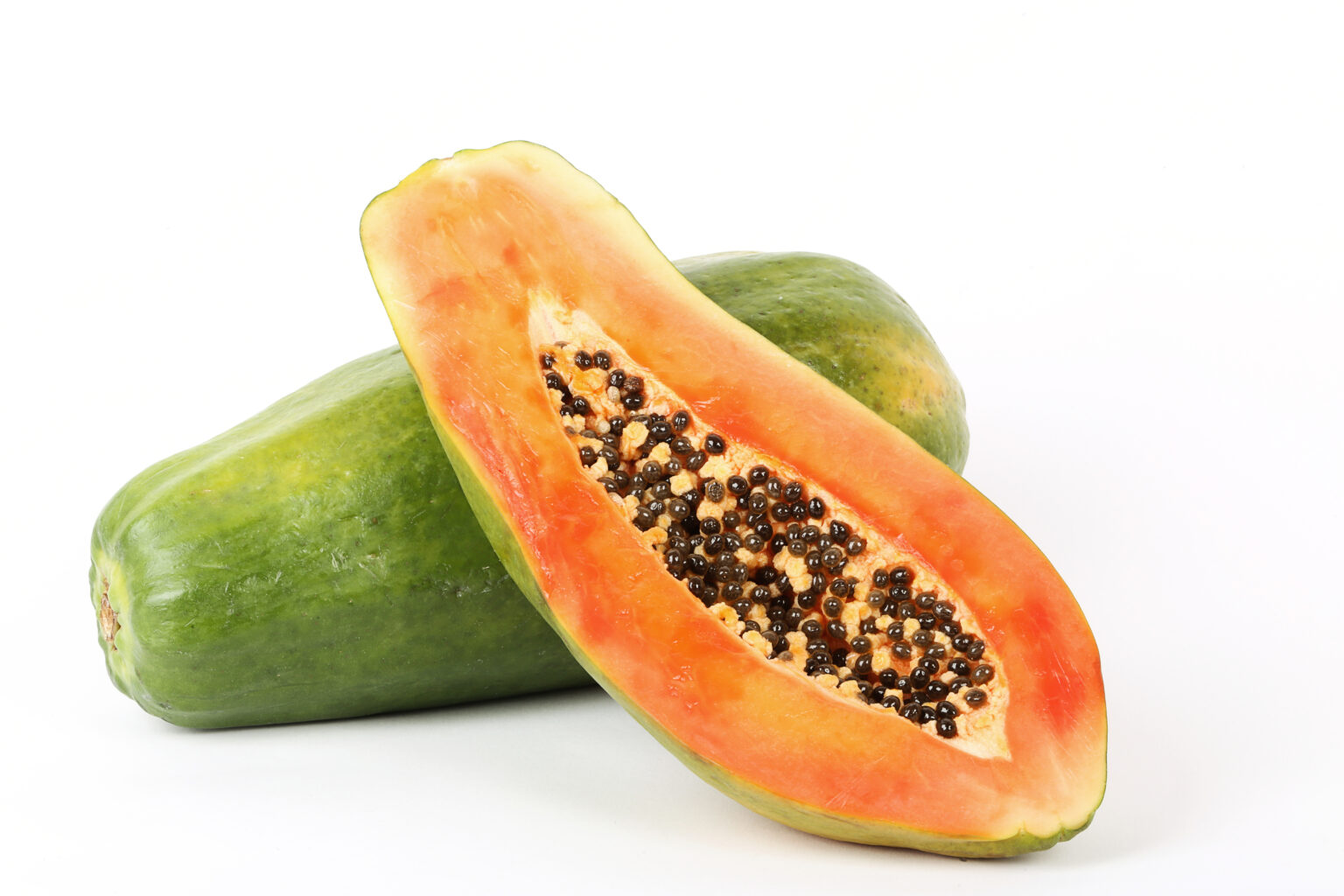Nestled in the heart of the Pacific, Nauru is a small island nation that boasts a vibrant culinary scene deeply rooted in its cultural heritage. The cuisine of Nauru reflects its tropical surroundings and rich history, combining local ingredients with influences from neighboring Pacific islands and colonial influences. In this article, we will delve into the top 10 most eaten foods in Nauru, offering a tantalizing glimpse into the flavors that make this island’s cuisine truly unique.
- Coconut Crab: Considered a delicacy on the island, the coconut crab takes the top spot in Nauru’s culinary repertoire. This large land crab is known for its sweet and succulent meat, which is often enjoyed grilled or cooked in coconut milk-based dishes. The coconut crab is a true treasure of Nauruan cuisine, captivating both locals and visitors with its delightful taste.
- Fish: As an island nation, Nauru boasts an abundance of fresh seafood. Locals enjoy a variety of fish, including tuna, reef fish, and snapper, which are often prepared using traditional cooking methods such as grilling, steaming, or baking. The flavorsome fish dishes of Nauru are a testament to the island’s coastal heritage and the bountiful waters that surround it.
- Pandanus Fruit: The pandanus fruit, locally known as “bog,” is a versatile ingredient in Nauruan cuisine. This fruit has a distinct aroma and a sweet, nutty flavor. It is often used in desserts, jams, and beverages, adding a tropical twist to traditional dishes.
- Taro: Taro, a starchy root vegetable, is a staple in Nauruan cuisine. It is used in various dishes, including soups, stews, and side dishes. Taro is known for its creamy texture and earthy flavor, providing a satisfying and nourishing addition to the local diet.
- Breadfruit: Breadfruit, or “ma,” is another popular ingredient in Nauruan cooking. This versatile fruit can be roasted, boiled, or turned into flour for baking. Breadfruit is often enjoyed as a side dish or used in stews and curries, contributing a unique taste and texture to the island’s cuisine.
- Coconut Milk: Coconut milk plays a significant role in Nauruan cooking, adding richness and depth to many dishes. It is commonly used in soups, stews, and curries, infusing them with a subtle tropical flavor. Coconut milk is a testament to the island’s abundant coconut palms and their contribution to the local culinary traditions.
- Pawpaw: Pawpaw, also known as papaya, is a tropical fruit that thrives in Nauru’s warm climate. It is often enjoyed fresh as a snack or incorporated into salads and desserts. With its vibrant color and refreshing taste, pawpaw adds a burst of tropical sweetness to the Nauruan palate.
- Rice: Rice is a widely consumed staple in Nauru, serving as a foundation for many meals. It is often steamed, stir-fried, or used in rice-based dishes such as pilaf. Rice provides a satisfying and filling component to Nauruan meals, complementing the flavors of other ingredients.
- Breaded Chicken: Breaded chicken, typically prepared by marinating chicken pieces in local spices and coating them in breadcrumbs, is a popular comfort food in Nauru. This dish showcases the island’s fusion of flavors, combining international influences with local ingredients to create a satisfying and flavorful meal.
- Coconut Bread: Coconut bread, a beloved treat in Nauru, combines the island’s two culinary treasures: coconut and bread. This sweet and fragrant bread is often enjoyed as a snack or breakfast item, with its tropical flavors and soft texture making it an irresistible delight.
Nauru’s cuisine is a harmonious blend of local ingredients, traditional techniques, and cultural influences. From the mouthwatering coconut crab to the fragrant flavors of taro and breadfruit, Nauruan cuisine showcases the richness of its tropical surroundings. The top 10 most eaten foods in Nauru offer a glimpse into the island’s culinary traditions, highlighting the island’s love for fresh seafood, tropical fruits, and local ingredients. Exploring Nauru’s gastronomic delights is a must for any food enthusiast, as it reveals the diverse and flavorful tastes that define this captivating Pacific nation.








